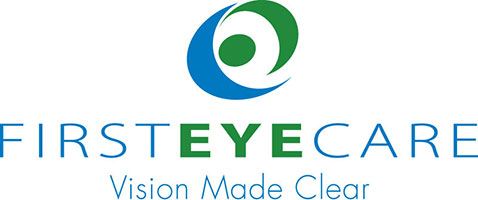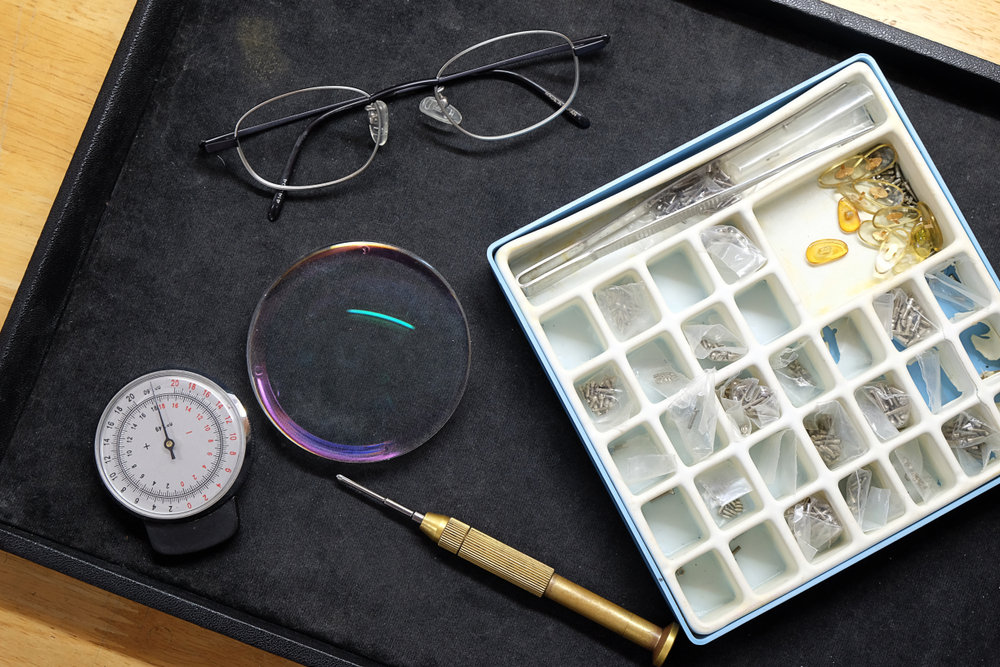Glasses Have Many Important Pieces
Your sight is an important part of how you live life. Far too many people take this sense for granted. They don’t realize how much of their life requires good vision. From reading and writing to driving a car, poor vision would certainly reduce your quality of life. Unfortunately, millions of people across the United States require some form of vision correction. Whether they suffer from astigmatism, nearsightedness, farsightedness, or another eye condition, many Americans need help seeing clearly.
One of the most common and oldest forms of vision correction is eyeglasses. According to the Vision Council, roughly 164 million American adults wear eyeglasses to correct their vision. Even those with 20/20 vision can benefit from the use of glasses. Blue light blocking glasses can protect you from computer vision syndrome, also known as digital eye strain. Sunglasses also protect you from the sun’s harmful UV rays.
With so many people wearing eyeglasses or some other type of glasses, it’s shocking how little most people know about them. You should know all of the important parts of eyeglasses to better understand how to find a pair that fits perfectly or to fix them if they break. There are many important parts of eyeglasses you need to know about.
Lenses
For many people, the lenses are arguably the most important part of any pair of eyeglasses. After all, they are the things that correct your vision! The lenses are the clear pieces of glasses, plastic, or other materials that you see through, which are held by your frames. After an eye exam, your eye doctor will provide you with a prescription that details the level of vision correction you need.
Lenses can either be:
- Single vision
- Bifocal
- Progressive
- Tinted
- And more
It all depends on your vision needs.
Frame Front
The frame front is what makes up the bulk of your glasses. It is the part that holds your lenses in place, allowing you to properly see through them. Frame fronts are occasionally referred to as the rims. They are the part of your glasses that allow you to decide what style and aesthetic you want.
This is the part you have the most customization over. You can decide the color, shape, material, and more. The most common materials for your frames are cellulose acetate, metal, or carbon fiber.
Your frames can either be:
- Full-rim: Frames that surround the entire edge of the lenses
- Half-rim: Similar to full rim except only the top half is surrounded by the frame, while the bottom half is held in place using a thin nylon chord
- Rimless: There is no frame surrounding the lenses. A metal bridge holds the two lenses together.
End Pieces, Hinges, & Screws
End pieces are at the furthest edge of the frames. These are the parts of eyeglasses that connect the frame fronts to the temples. End pieces can only connect the temples if there are hinges in place. Hinges sit between the temples and end pieces and are what allow you to fold the temples inward. Many people also commonly refer to hinges as joints.
The screws are the small metal fasteners that connect the two parts of a hinge together. They are what fastens the endpieces on the frame front to the temples.
Bridge
The bridge has a simple name and a simple job. It only needs to bridge your nose and bridge the two lenses together. The bridge holds the majority of the weight of your glasses. It also determines how well your glasses fit on your face. They are highly customizable, allowing you to form them to fit the shape of your nose.
For full-rim frames, the bridge is a part of the frame front. You do not need to include an extra piece. However, for some frames like half rim or rimless, an extra piece is required. Typically, these bridges are made of metal and connect the two lenses.
Temples
Much like the bridge, the temples are what keep your glasses on your face. They are often referred to as the arms or legs, but their real names are the temples because they are on each side of your head.
Temples are typically made from acetate or metal, and they have a drop end or hockey end, which hooks down at about a 45-degree angle behind your ear to keep them from sliding off. They come in varying lengths. Your eye doctor will properly measure the length that works best for your face. There is another important aspect of your glasses attached to the temples:
- Temple Tip: At the end of the temples where they hook down, you will find temple tips. Manufacturers place them at the end of the temples to increase comfortability. Often, the materials used to make temples can irritate the skin, so the tips are in place to protect you.
Nose Pads
It is important to remember that not every pair of glasses has nose pads. However, for the ones that need them, they are incredibly important for the comfort of the wearer. The purpose of nose pads is to keep the glasses comfortably sitting on your face without sliding down. There are different kinds for different frame types:
- Full-Rim Nose Pads: For full-rim frames, the nose pads are a part of the frames. When the frames are being made, the material is shaped to include smooth nose pads to sit on your nose.
- Push-In Nose Pads: These pads are not a part of the frames themselves. Instead, they are additional pieces that are inserted into the acetate frame or connected to the metal frame. They are attached to a pad arm that holds them in place.
Eyeglasses are an important part of millions of Americans’ lives. They allow you to complete everyday tasks like reading and driving that you would otherwise struggle with. While they are often a regular part of many people’s lives, too few people know about the important parts of eyeglasses. First Eye Care DFW is here to ensure that you are properly educated about your glasses. If you require vision correction or have any other questions about your glasses, contact us today.



